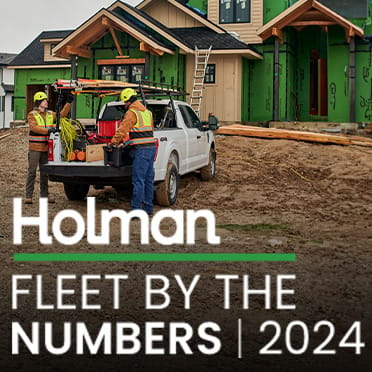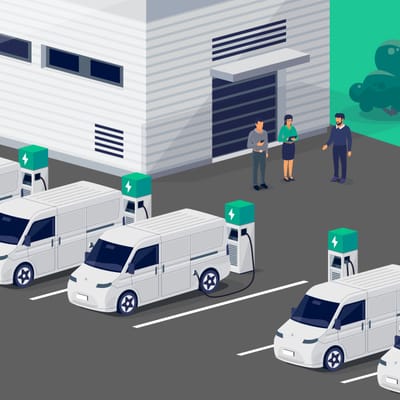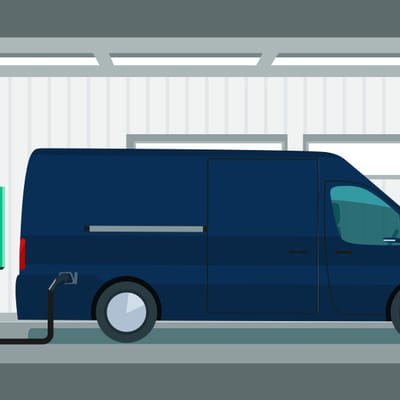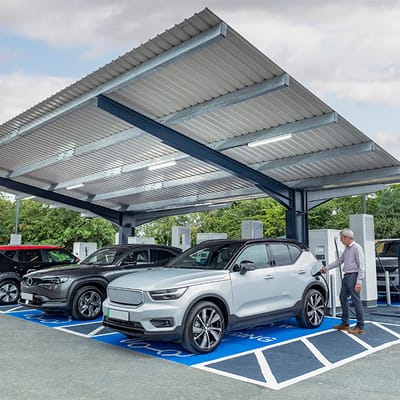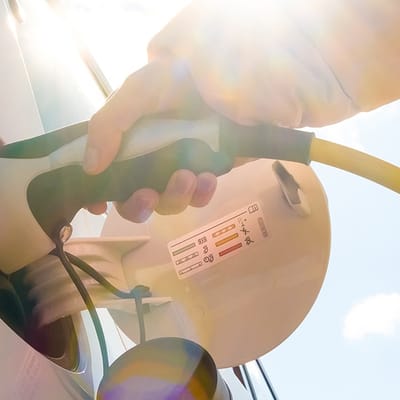- SolutionsWith a strategic solution that works for you and your business, you can unlock revenue-generating opportunities and begin managing your fleet as an investment.Overview
- About UsWhen Holman was founded in 1924, we set something positive in motion. Our consistent focus on people and our commitment to integrity make us who we are today.Overview
 Join Our TeamWe’re not just in the automotive business, we’re in the people business. Join us for the ride.Browse Careers
Join Our TeamWe’re not just in the automotive business, we’re in the people business. Join us for the ride.Browse Careers
Three EV Charging Solutions for Your Fleet
Holman Marketing
July 5, 2022
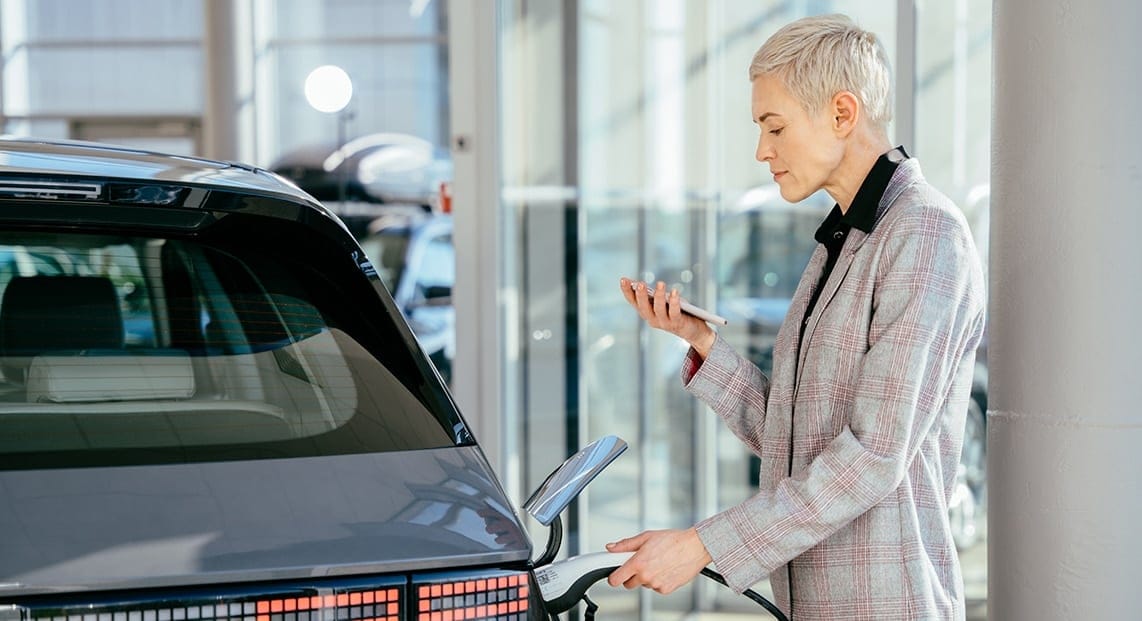
Just like having to ensure the plug-in electric vehicles you pick for your fleet are best suited for your operations and budget, you also need to make sure your charging solution is right for your vehicles and business objectives, as well as for your drivers.
Therefore, EV models and charging solutions are decisions you should be making hand-in-hand. As you begin your EV fleet conversion, you’ll need as much research and support for implementing your vehicle charging strategy as you’ll need for selecting and ordering the vehicles themselves.
Important considerations include:
- Are you prepared to install chargers at drivers’ homes where suitable?
- What is your ability to install depot charging at your facilities?
- What infrastructure exists to support your fleet’s public charging needs?
Three Types of EV Charging
To start building your knowledgebase of EV charging options, below is an overview of the three types of charging solutions.
Home Charging
- Works best for drivers who have designated space on their properties to park their fleet vehicles and independent electrical sources. Because EV chargers are weatherproof, an uncovered driveway works just as well as a garage or covered space.
- Installation may require open breaker space in the home circuit panel.
- EV charging Level 1 uses a standard AC 110 / 120 volt home outlet. It can take 8 to 12 hours (or longer) to charge.
- EV charging Level 2 is the most common in-home charging system. It uses an AC 220 / 240 volt – the same as a household electric range or dryer – and can charge an EV relatively fast.
- Has the lowest cost per kilowatt-hour (kWh).
Depot Charging
- A great solution for fleet vehicles that return to a central location at the end of the workday.
- Requires collaboration with your operations team for location assessment and charger load planning.
- Uses a combination of Level 2 and Level 3 charging depending on the needs of the vehicle. Level-2 charging (mentioned above) is also often a viable offering for vehicles with scheduled off-work hours. EV charging Level 3 – also called DC fast chargers – can charge EV batteries to 80% in about a half hour.
- Holman Insights includes depot overlay software that helps to schedule charging times during off-peak hours for energy cost savings. Also monitors vehicle usage, downtime, charging duration, cost, etc.
- Grants are available, and solar charging is a nice complement, where applicable.
Public Charging
- The only ideal scenario for public charging is to get just enough energy for drivers to reach a home or depot charging station.
- Uses Level 3 charging (mentioned above), but at this stage of limited public charging availability, finding and waiting for an open charger can increase vehicle downtime.
- The cost can be triple – even more costly than gasoline in some cases.
- This should not be relied on as a single charging solution. If neither home nor depot charging is viable, you may need to consider delaying EV implementation and instead seek other opportunities to increase fleet sustainability.
Please watch for the next blog in this EV Fleet Management series: A Closer Look at Home Charging.
In the meantime, if you’re looking for more information on electric vehicles, charging, and other fleet sustainability topics, you’ll find a variety of options in our resource library, and you can subscribe to our weekly newsletter, The Morning Brake.
If you’d like to start a conversation with us about EV fleet services, please contact us to request a consultation.
Related Resources
Explore more related industry news, insights, and developments.


